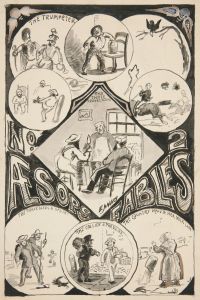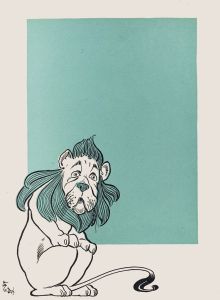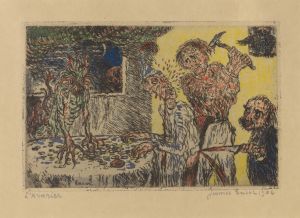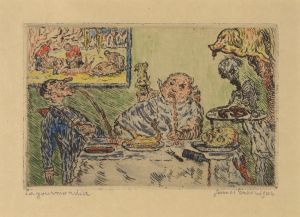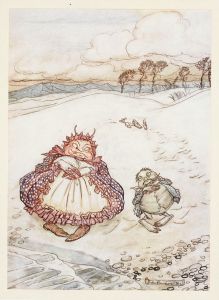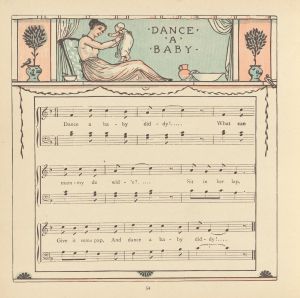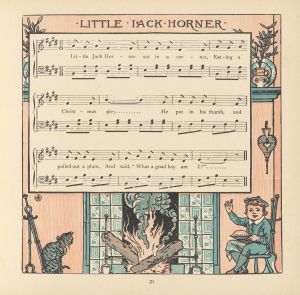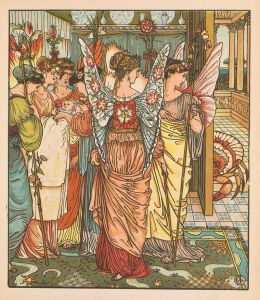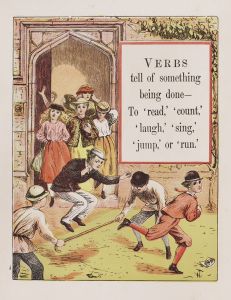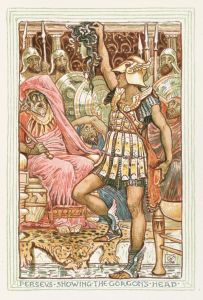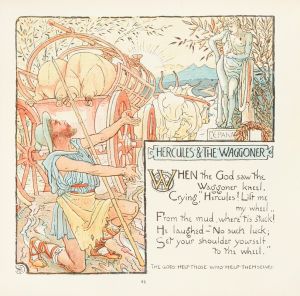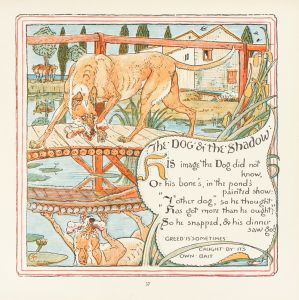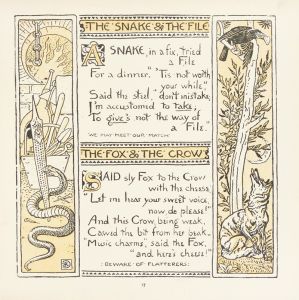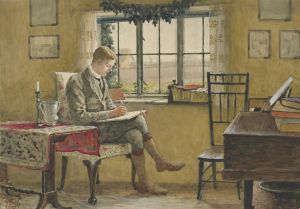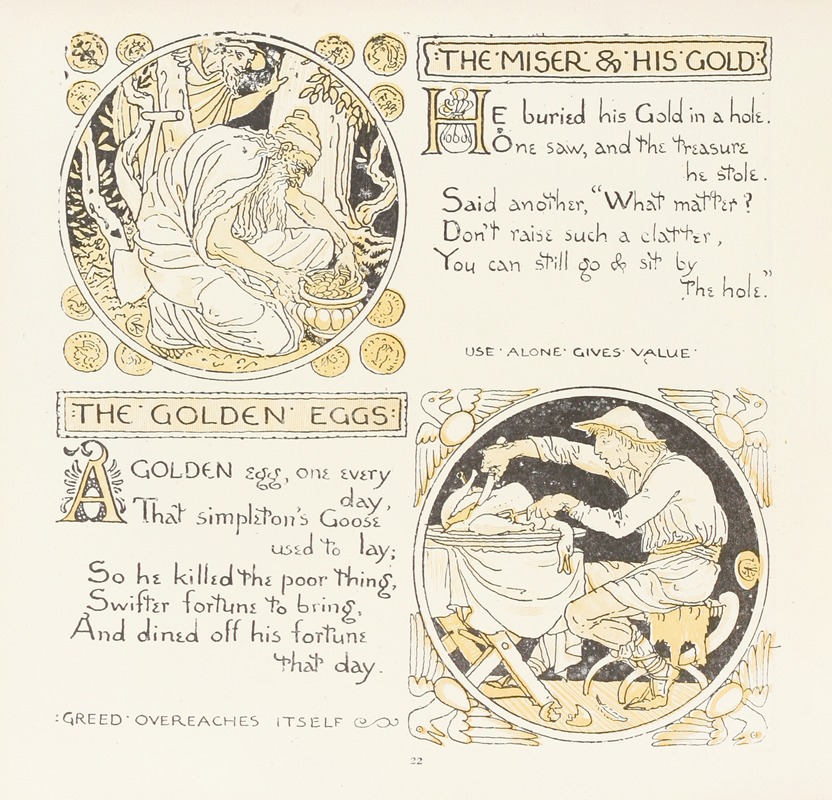
The Miser and his Gold, The Golden Eggs
A hand-painted replica of Walter Crane’s masterpiece The Miser and his Gold, The Golden Eggs, meticulously crafted by professional artists to capture the true essence of the original. Each piece is created with museum-quality canvas and rare mineral pigments, carefully painted by experienced artists with delicate brushstrokes and rich, layered colors to perfectly recreate the texture of the original artwork. Unlike machine-printed reproductions, this hand-painted version brings the painting to life, infused with the artist’s emotions and skill in every stroke. Whether for personal collection or home decoration, it instantly elevates the artistic atmosphere of any space.
Walter Crane was a prominent English artist and book illustrator, known for his contributions to the Arts and Crafts Movement and his innovative work in children's book illustrations. Among his many works, "The Miser and his Gold" and "The Golden Eggs" are notable illustrations that reflect his unique style and his ability to convey moral lessons through art.
"The Miser and his Gold" is an illustration by Walter Crane that depicts a scene from one of Aesop's fables. The story revolves around a miser who, despite having a large amount of gold, never spends it and instead buries it in a secret location. One day, a thief discovers the hiding place and steals the gold. When the miser finds out, he is devastated. A neighbor, upon hearing the miser's lament, suggests that he might as well bury a stone in the same place and pretend it is gold, as he never intended to use the gold anyway. This fable teaches the moral lesson that wealth is useless unless it is put to good use.
Crane's illustration captures the essence of this story by focusing on the emotional turmoil of the miser and the futility of hoarding wealth. His use of color and composition draws the viewer into the narrative, emphasizing the moral lesson through visual storytelling.
"The Golden Eggs" is another illustration by Walter Crane, based on the fable "The Goose that Laid the Golden Eggs." In this story, a farmer and his wife own a goose that lays one golden egg each day. Driven by greed, they decide to kill the goose to obtain all the gold at once, only to find that the goose is no different from any other. This fable imparts the lesson that greed can lead to the loss of valuable resources.
Crane's depiction of "The Golden Eggs" highlights the moment of realization and regret experienced by the farmer and his wife. His artistic style, characterized by detailed line work and vibrant colors, effectively conveys the narrative and its underlying moral.
Walter Crane's illustrations are celebrated for their ability to bring stories to life, combining artistic beauty with educational value. His work in illustrating fables like "The Miser and his Gold" and "The Golden Eggs" not only showcases his artistic talent but also his commitment to imparting timeless lessons through art. These illustrations remain significant examples of Crane's contribution to the world of art and literature, reflecting his influence on both the Arts and Crafts Movement and the development of children's book illustrations.





